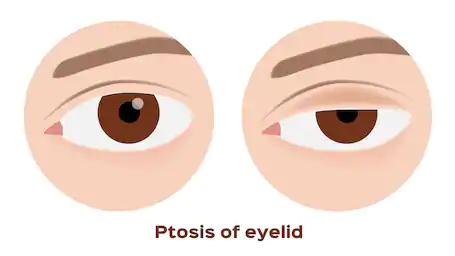
Oculoplasty is the treatment with plastic surgery around the eye. The eyeball is one of the most delicate parts of the human body. Behind the eyeball, the nerves, arteries, and muscles, carry messages to the brain and helps in moving the eyeball and also provides nutrition to the eye. Oculoplasty is the division of treatment that deals with the structures around the eyeball.
Oculoplasty is a ray of hope for people with orbital deformities. Most of the treatments require surgical corrections and these surgeries are generally performed along with neurologists and plastic surgeons.

The droopy eyelids may occur due to a birth defect, injury, muscle disorder, aging or a nerve disorder. Droopy eyelids give a sleepy appearance and may also obstruct a person’s vision if it is severe enough. It also causes excessive forehead wrinkling, abnormal head posture like eye fatigue, chin elevation. In children below 8 years of age, the severe droopy eyelid may lead to a lazy (amblyopic) eye, reducing the child’s vision. While in adults droopy eyelids are a cosmetic concern. Surgery is necessary for correcting this issue by repairing the muscle that lifts the eyelid.
Eye malpositions are the abnormal positions of the eyelid. It leads to inturning or out turning of the eyelid. It could be a birth defect or an injury or aging. Eyelid malpositions are common and often lead to watering, light sensitivity, and even a cosmetic blemish. Eyelid malpositions can be corrected with eyelid plastic surgery.
After an accident or an injury, a patient is normally taken to a multi-specialty hospital. However, once life-threatening injuries are stabilized, immediate attention must be given to the face, and particularly the eye region. Trauma can affect any structure of the eyelid, eyeball and the surrounding bones (fractures) depending upon the mechanism and force of the injury. Injury to the tear ducts (canaliculus) within the eyelids require special placement of silicone tubes within them to keep them open while the injured eyelid heals. A thorough examination is required to find out if the eyeball and surrounding structures are injured. This has to be followed by the immediate repair of injured tissues by a multispecialty approach by more than one eye specialist.